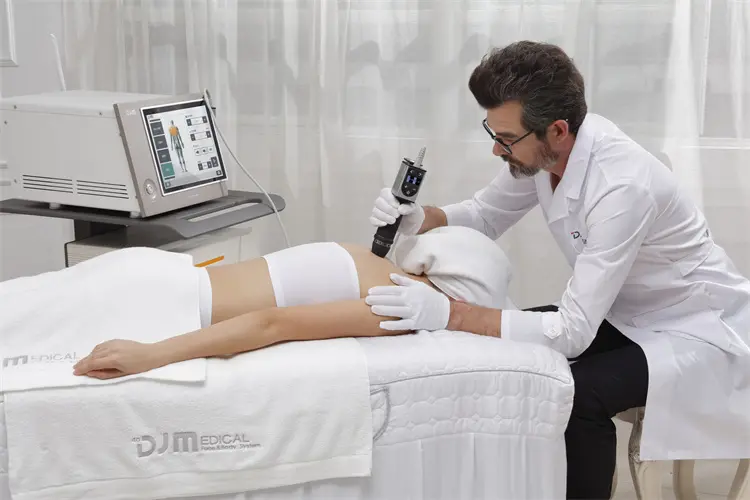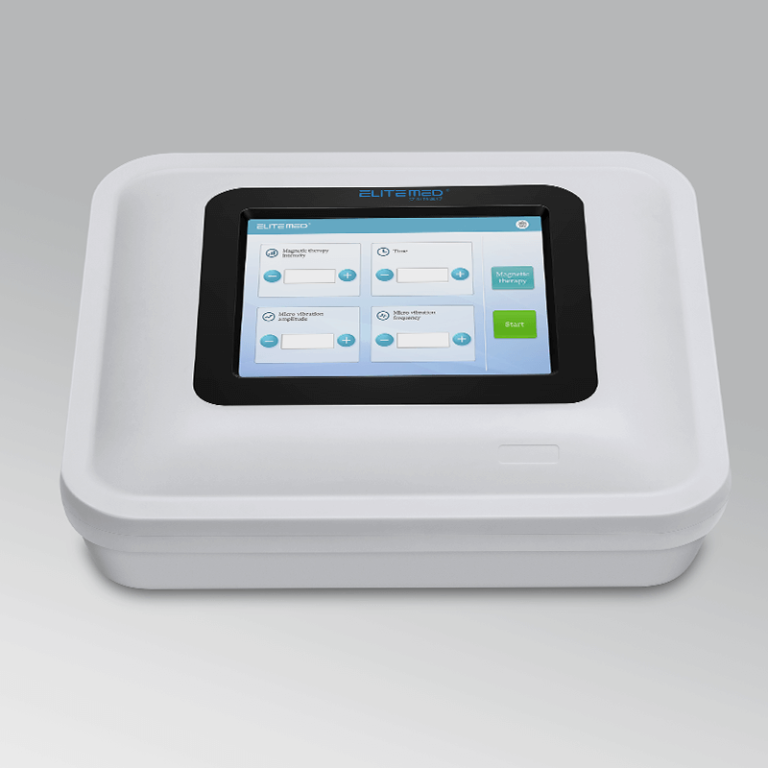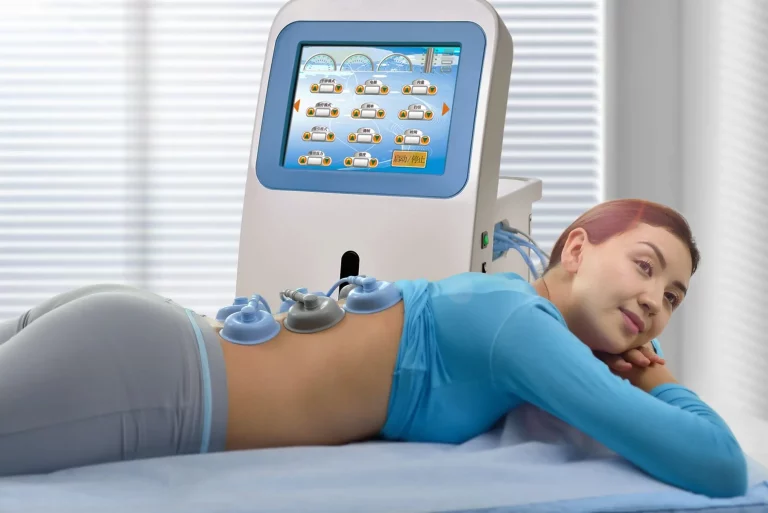Transcranial direct current stimulation (tDCS) is a non-invasive, neuromodulation technique using a constant, low-intensity (0-2 mA) current. A weak direct current is applied to the cerebral cortex. The anode increases cortical excitability, which eases cortical neural tissue and improves functioning; the cathode decreases cortical excitability and inhibits overexcited cortical cells. tDCS acts directly on the cerebral cortex through polarised currents, promoting functional reorganization of the brain and regulating cortical plasticity, thus improving the patient’s dysfunction. This technique includes a variety of stimulation modalities, which can be classified according to the different forms of current :
- Transcranial Direct Current Stimulation (tDCS)
- Transcranial Alternating Current Stimulation (tACS)
- Transcranial Random Noise Stimulation (tRNS)
- Transcranial pulsed current Stimulation (tPCS)
- Transcranial Electrotherapy Stimulation (tCES)
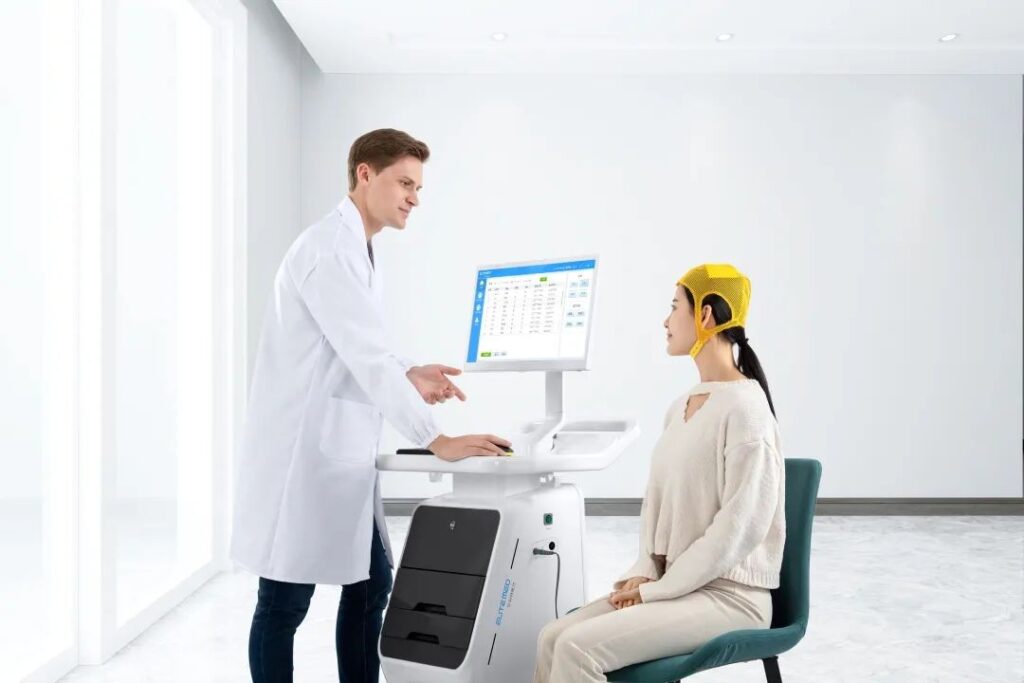
Currently, tDCS has different therapeutic effects on consciousness disorders, limb movement disorders, cognitive disorders, aphasia, dysphagia, psychosomatic disorders, ataxia, etc. after craniocerebral injury, as well as cerebral palsy, sleep disorders, Parkinson’s disease, Alzheimer’s disease, and alteration of excitability of spinal cord neural network, which is safe, painless, and easy to implement.
◉ Craniocerebral Injury Disorders of Consciousness Promoting Wakefulness: This technique is able to increase the excitability of cortical cells at the site of stimulation, allowing cortical nerve cells to re-establish complex network behaviours and facilitating the patient’s awakening process.
◉ Stroke motor deficits and spasticity: anodal tDCS stimulation of the damaged cerebral hemisphere as well as cathodal tDCS stimulation of the undamaged cerebral hemisphere can lead to the recovery of motor function. In addition, there is hyperactivation of primary motor sensory areas on the affected side during stroke recovery, and cathodal tDCS inhibition of the primary motor sensory areas of the affected upper limb can relieve spasticity in patients.
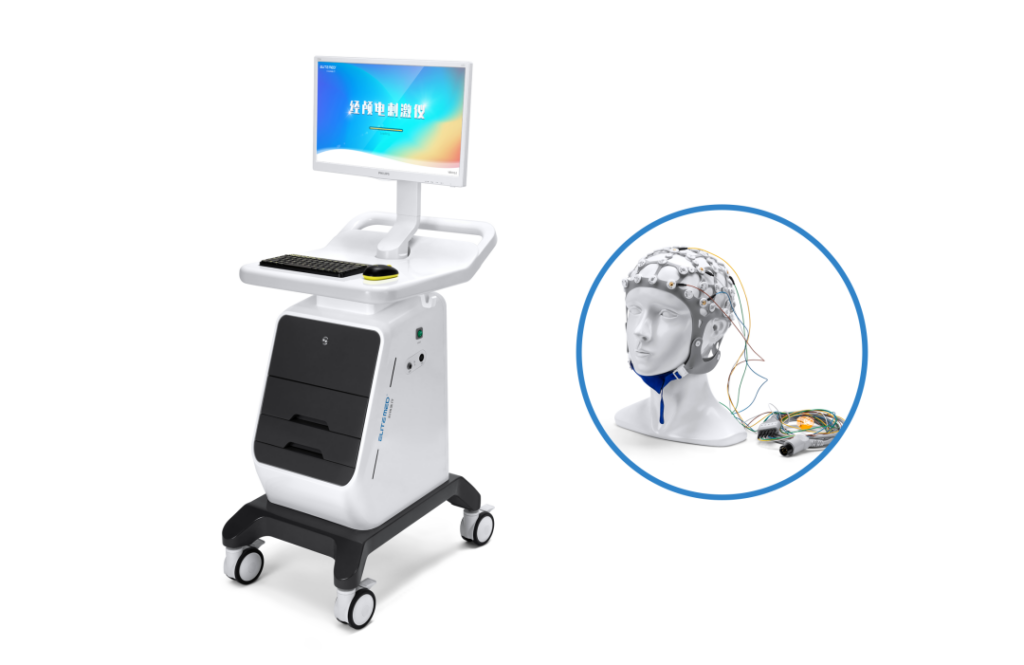
◉ Cognitive impairment: tDCS stimulation of the temporoparietal region in patients with Alzheimer’s disease and increased excitability of the temporoparietal region can improve recognition memory in AD patients. Anodal tDCS stimulation of the dorsolateral left prefrontal lobe (DLPFC) significantly improved memory for words.
◉ Swallowing disorders: anodic tDCS applied to either the healthy or affected pharyngeal cortex improves swallowing function after unilateral hemispheric stroke; bilateral anodic tDCS treatment of the pharyngeal cortex improves swallowing dysfunction in stroke patients with bilateral hemispheric involvement.
◉ Balance ataxia dyskinesia: a refractory dysfunction, the use of balance training combined with non-invasive transcranial cerebellar electrical stimulation technology can improve the patient’s balance function and ataxia.
◉ Parkinson’s Disease: For Parkinson’s Disease movement disorders, postural gait disorders, etc., as well as concomitant depression, cognitive deficits, mental abnormalities, etc., using non-invasive transcranial electrical stimulation of the primary motor cortex and prefrontal cortex, the patient’s symptoms of gait, motor delays, and cognitive impairment can be improved.
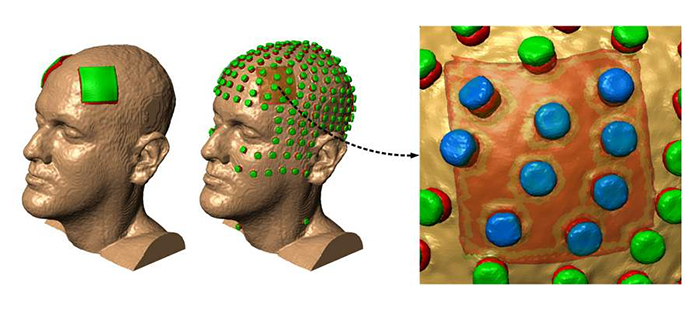
◉ Psychosomatic disorders: severe depression is often associated with altered cortical activity and excitability, especially in the prefrontal lobes. Studies have shown that the pathogenesis of depression is hyperexcitability in the left prefrontal cortex and hyperexcitability in the right prefrontal cortex. In contrast to the use of antidepressant drugs, the use of non-invasive transcranial electrical stimulation technology to stimulate the prefrontal lobe and the left DLPFC area has a relieving effect on depression, and the efficacy of the treatment is equivalent to that of antidepressant drugs, with no side effects of the drugs, the effect of the faster, and the treatment time is shorter.
◉ Insomnia: The pressure of modern life has intensified, and the number of insomnia patients is increasing year by year. Long-term chronic insomnia seriously affects the patient’s mental state and work and study efficiency. Oral sedative and sleeping drugs are prone to drug dependence. tDCS treatment can regulate the excitability of the cerebral cortex, improve the symptoms of insomnia, so that depression and anxiety can be relieved, and reduce the dependence on drugs.

